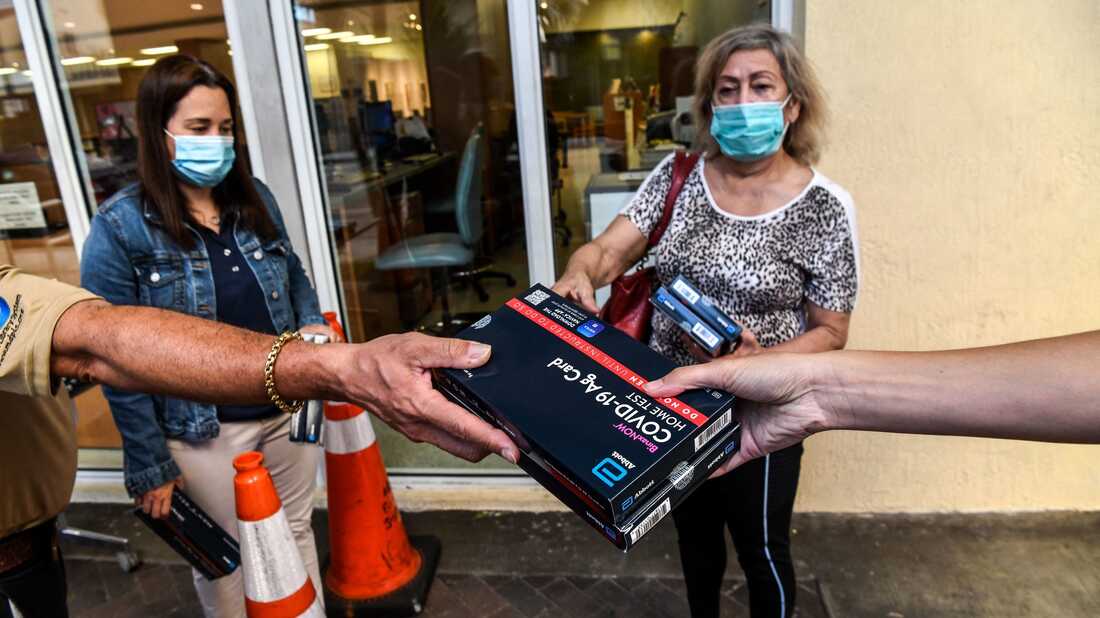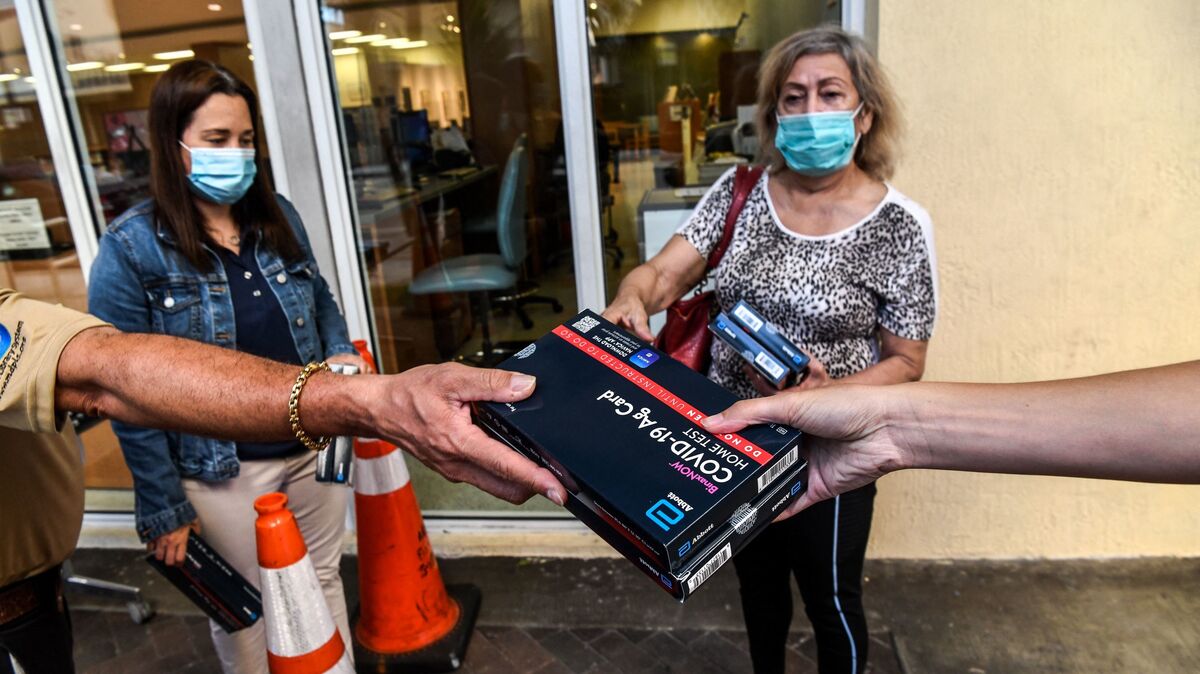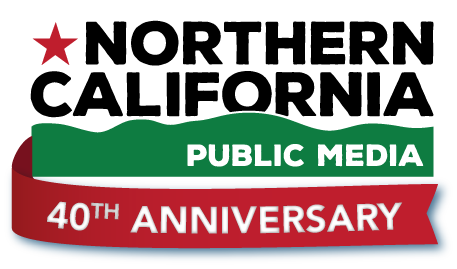
Employees of the Miami-Dade Public Library System distribute Covid-19 home rapid test kits in Miami, Florida, on January 8, 2022. Chandan Khanna/AFP via Getty Images hide caption

Employees of the Miami-Dade Public Library System distribute Covid-19 home rapid test kits in Miami, Florida, on January 8, 2022.
Chandan Khanna/AFP via Getty ImagesMany public spaces across the country now require negative COVID-19 tests for entry. The cost of testing can vary widely, and some say they have had to spend hundreds of dollars to purchase tests.
Adam Tanner explains some of the reasons for the drastic difference in at-home test prices. Read his piece 'How Much Should It Cost to Get Tested for COVID-19' on Consumer Reports.
Email us at
This episode was produced by Mallory Yu, Jonakhi Mehta and Megan Lim. It was edited by Ashley Brown, Brent Baughman, Christopher Intagliata, Amy Isackson and Patrick Jarenwattananon. Our executive producer is Cara Tallo.

 Live Radio
Live Radio